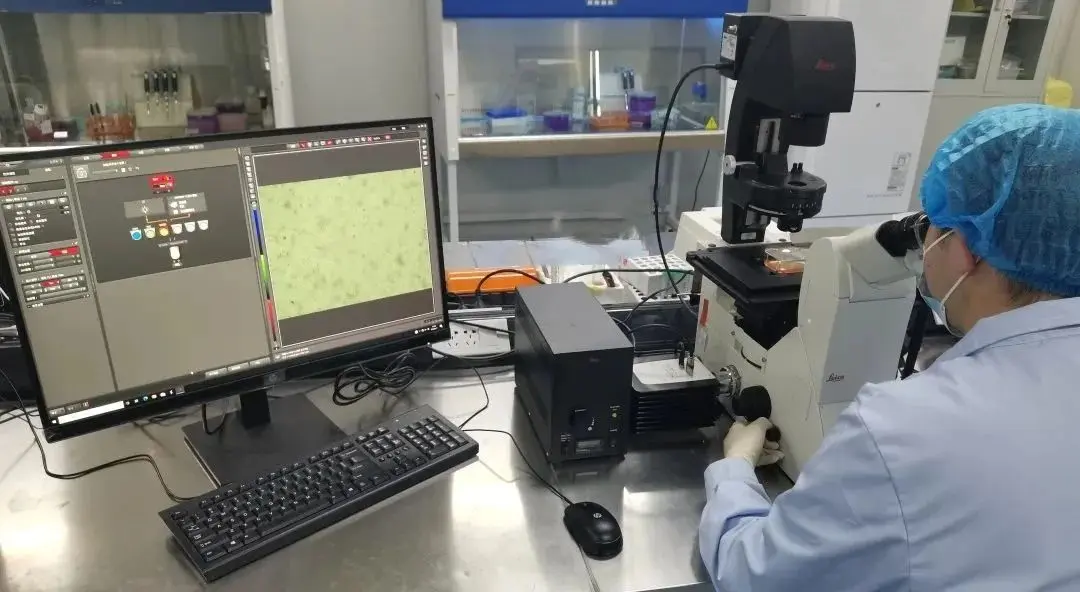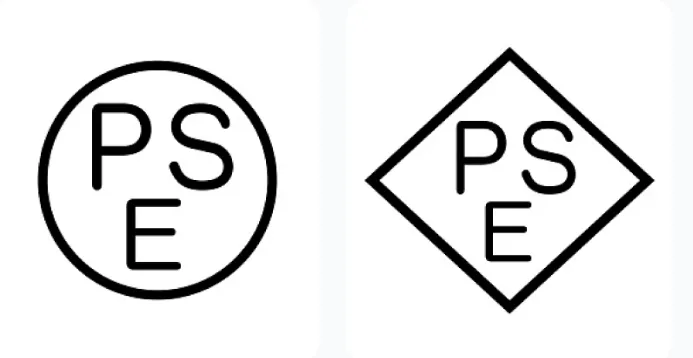
Biocompatibility Testing for Passive Medical Devices
Passive surgical instruments refer to tools used during surgical procedures, including scalpels, scissors, forceps, needles, tweezers, clamps, dissectors, guides, irrigators, puncture devices, staplers, and sutures made of metal or non-metal materials. Most passive surgical instruments are classified as Class II medical devices, with some categorized as Class III due to higher risk levels.

Before market launch, manufacturers of passive surgical instruments are required to provide test reports from qualified third-party testing institutions.
Testing Items:
1. Mandatory Testing
- Sterility Testing
2. Recommended Testing
biocompatibility testing can be conducted based on product requirements. Generally, the following are routine tests:
- cytotoxicity testing
- Irritation Testing (e.g., skin irritation)
- Skin sensitization testing
For stapling or suturing devices and materials that are in prolonged contact with tissue, the following additional tests are required:
- Acute Systemic Toxicity Testing
- Subacute Systemic Toxicity Testing
- Genotoxicity Testing
Testing Items and Estimated Timelines:
- Sterility Testing
Standards: GB14233.2, ISO11737-2:2019, Chinese Pharmacopoeia (ChP), United States Pharmacopeia (USP)
Duration: ~3 weeks
- Cytotoxicity Testing
Standards: GB/T 16886.5-2017, iso 10993-5:2009, EN iso 10993-5:2009
Duration: ~2 weeks
- Skin Sensitization Testing
Standards: GB/T 16886.10-2017, iso 10993-10:2010, EN ISO 10993-10:2013
Duration: ~5 weeks
- Irritation or Intracutaneous Reactivity (Skin Irritation Test)
Standards: GB/T 16886.10-2017, ISO 10993-10:2010, EN ISO 10993-10:2013
Duration: ~2 weeks
- Acute Systemic Toxicity Testing
Standards: GB/T 16886.11-2011, ISO 10993-11:2017, EN ISO 10993-11:2009
Duration: ~2 weeks
- Subacute Systemic Toxicity Testing
Standards: GB/T 16886.11-2011, ISO 10993-11:2017, EN ISO 10993-11:2009
Duration: ~2 weeks
- Genotoxicity Testing
Standards: GB/T 16886.3-2019, ISO 10993-3:2014, EN ISO 10993-3:2014
Duration: ~5 weeks
China's JJR Laboratory is equipped with comprehensive biocompatibility, microbiological, physicochemical, and product performance laboratories. It has cULtivated a team of experienced technical professionals capable of efficiently conducting sterility, microbiological, bacterial endotoxin, biocompatibility, and physicochemical and mechanical performance tests for passive surgical instruments. These capabilities fully meet the testing requirements for FDA registration and international certification of passive medical devices.
Email:hello@jjrlab.com
Write your message here and send it to us
 What is Amazon TIC and How Can Sellers Achieve Com
What is Amazon TIC and How Can Sellers Achieve Com
 2026 Battery UN38.3 Certification (Test Report) &a
2026 Battery UN38.3 Certification (Test Report) &a
 What is the IEC 62680 Standard? Compliance Interpr
What is the IEC 62680 Standard? Compliance Interpr
 Amazon Japan December Compliance Requirements
Amazon Japan December Compliance Requirements
 How to Check a CPSC-Accepted Laboratory?
How to Check a CPSC-Accepted Laboratory?
 WEEE Registration for Waste Electrical &Electr
WEEE Registration for Waste Electrical &Electr
 MSDS Chemical Safety Testing
MSDS Chemical Safety Testing
 What Are the Differences Between UK REACH and EU R
What Are the Differences Between UK REACH and EU R
Leave us a message
24-hour online customer service at any time to respond, so that you worry!




